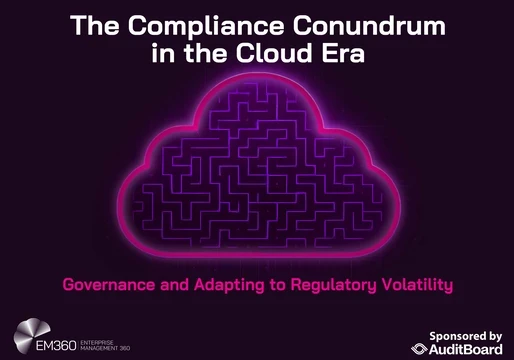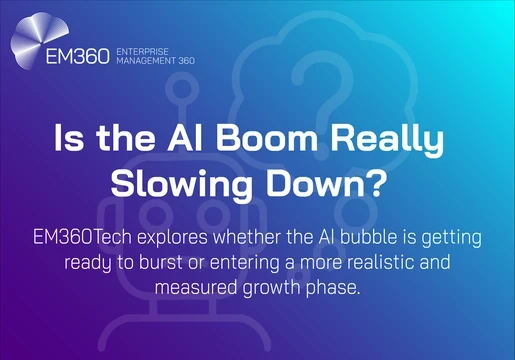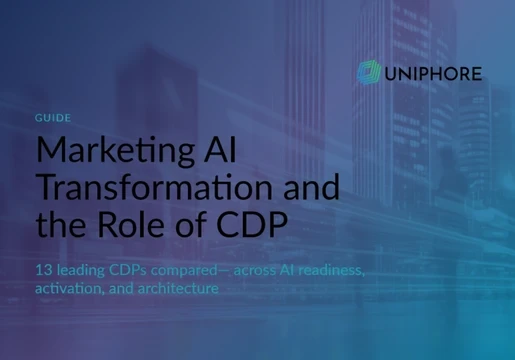"Having the insight and being able to stitch together your technical resources and business decisions together, is the prime place where observability can add value to you,” stated Manesh Tailor, EMEA Field CTO at New Relic.
In this episode of the Tech Transformed podcast, Kevin Petrie, Vice President of Research at BARC, speaks with Manesh Tailor about the intersection of artificial intelligence (AI) and observability, and how this is positively changing business operations.
Tailor emphasises how intelligent observability has changed beyond simple monitoring to provide real-time insights into customer experience and the entire technology stack. This enables informed decisions across engineering, operations, and business domains, directly linking technical performance to strategic business outcomes.
He also discusses the different stages observability has been through and where it's leading to now. The current wave, Observability 3.0, takes advantage of AI to predict issues and even enable self-healing systems.
New Relic has embraced this two-way street, using AI within its platform. This was in an ambition to help users and "AI monitoring" to track the performance of language models alongside traditional metrics. Such a platform provides a holistic view of system health and the cost implications of AI deployments.
Alluding to the management of AI-powered applications, Tailor says collaboration is key between application and data science teams. Not only does it provide real time data but as a result leads to efficient decision making.
Futuristically, the speedy proliferation of AI agents has both pros and cons for observability. This is where New Relic comes in. It addresses the challenges by constructing a platform-centric "AI orchestrator" with a growing library of AI-native agents.
In essence, as AI-powered applications become increasingly integral to business operations, intelligent observability is no longer optional.
Takeaways
- Observability is crucial for understanding unknowns in systems.
- AI enhances observability by providing predictive insights.
- The evolution of observability includes intelligent monitoring.
- Collaboration between technical and business teams is essential.
- Cost efficiency is a key focus in modern observability.
- Real-time data is vital for effective decision-making.
- Self-healing systems represent the future of observability.
- AI and observability must work in tandem for success.
- The complexity of systems is increasing, requiring better tools.
- Observability is applicable across all organizational levels.
Chapters
00:00 Introduction to AI and Observability
03:10 Defining Observability and Its Evolution
05:49 The Role of AI in Observability
08:46 Navigating AI-Driven Applications
11:52 Target Users and Community for Observability
14:57 Collaboration Across Teams
17:55 Challenges and Opportunities in Observability
20:47 The Future of Observability and AI
23:54 Key Takeaways for CIOs and IT Leaders
About New Relic
The New Relic Intelligent Observability Platform empowers businesses to proactively eliminate disruptions in their digital experiences. As the only AI-enhanced platform that unifies and correlates telemetry data, New Relic provides comprehensive clarity across your entire digital landscape.
By processing the optimal data at the right moment, we shift your problem-solving capabilities beyond proactive measures to a predictive stance, maximising value and controlling expenditures. This is why global enterprises like Adidas Runtastic, American Red Cross, Domino’s, GoTo Group, Ryanair, Topgolf, and William Hill rely on New Relic to fuel innovation, enhance reliability, and deliver outstanding customer experiences that drive growth.









Comments ( 0 )